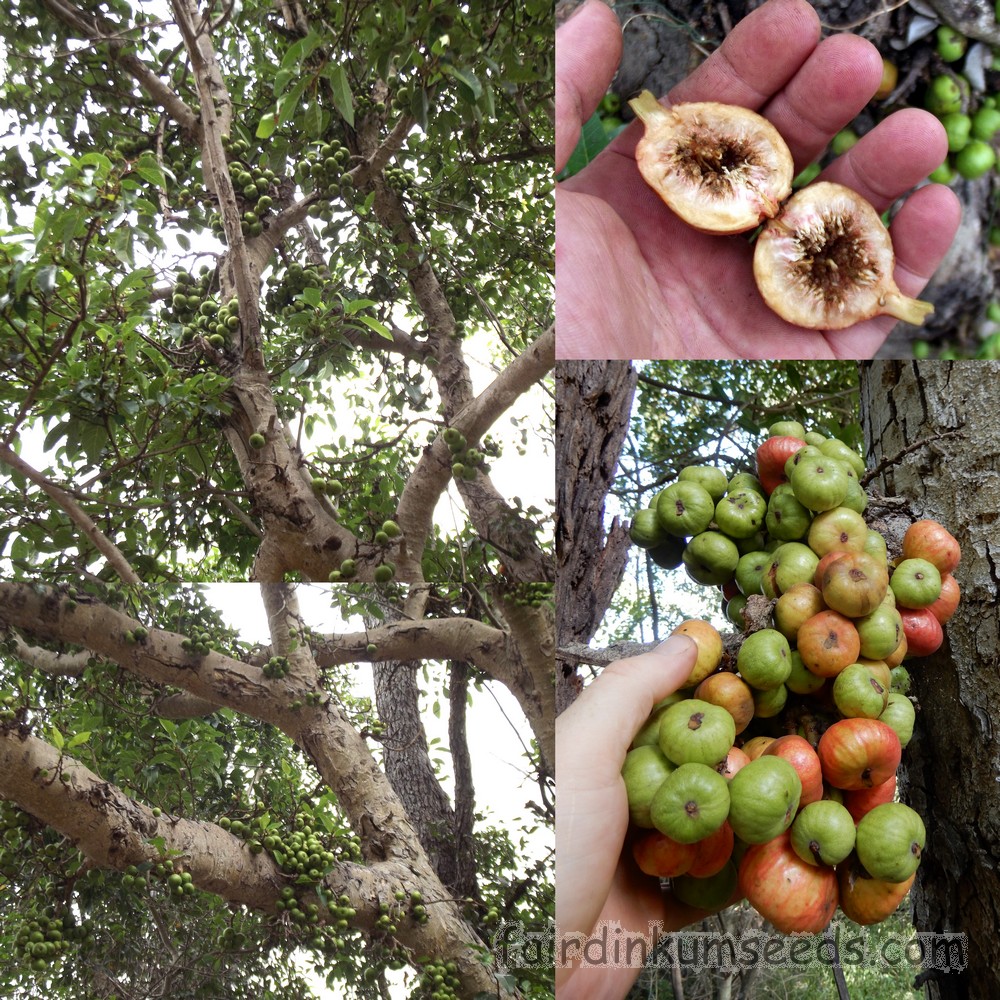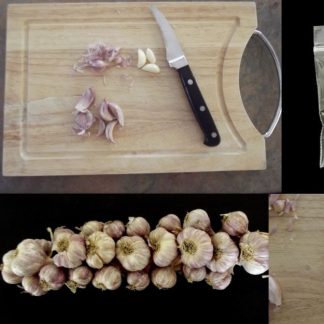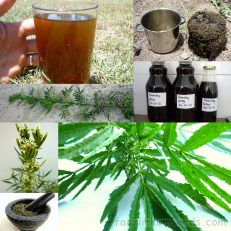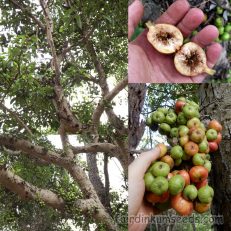Please read text!
Cluster Fig Ficus Racemosa Goola Seeds
Packet of 30+ sustainably wild harvested seeds!
This striking tree is certain to make a statement where ever it is planted.
It is famed around the world for its pink fruit and its rich religious history.
I better get some of the names out of the way first.
Due to the huge worldwide distribution there are a heap of them, including but definitely not limited to aththi, atti, attikka, audumbar, audumbar tree, cluster fig, cluster fig tree, crattock, dimbiri, dumri, eenghwiyu, Ficus glomerata, Ficus racemosa var. racemosa, Ficus racemosa var. vesca, Ficus racemosa var. vesca, Ficus semicostata, Ficus vesca, figwood, goolar fig, gular fig, guular, indian fig tree, jagna dimaru, jogdumur, ma-duer chumphon, ma-duer uthumphon, malaiyin munivan, medi pandu, oudumbar tree, pink fig, stem-fruit fig, stemfruit, sung, udumbara, umbar, etc etc etc..
It’s an Australian native bushtucker species widely distributed across Queensland, the Northern Territory, Western Australia, India, South East Asia and Malaysia.
It has also been planted pretty much anywhere warm and botanic gardens all around the world have some massive specimens.
When fully mature the fruit are about 1.5-2x larger than the standard dried supermarket fig, and they are produced on huge bunches that protrude from the stems and branches of the tree.
These bunches are normally a kilo or so, but rarely they get huge, about as big as a small rectangular bale of hay.
They provide a heap of food to the birds, possums, butterflies, wallabies, and I have even seen crabs eating the fallen fruit near an estuary up north.
The fruit are tasty and nutritious, but unfortunately they often have a lot of tiny bugs inside them.
There are three very easy ways to deal with this.
The first is the way the traditional Indian Hindu and Buddhist method, which is break open the fruit, scrape out the seeds and leave it in the sun for an hour or so.
As strict vegetarians they can then ensure that no bugs are harmed or eaten by mistake.
The second way is to buy a large nylon teabag or wine making bag, and just cover the tiny immature fruit before they get any size to them. That way no bugs can get in and it’s the more modern way to prevent the issue.
The third way is to just eat the lot making use of the extra free protein.
Won’t hurt you, tastes great, though I freely admit the thought is a little off putting.
When eating them fully ripe and fresh I personally use the first method, but if lost in the scrub or whatever I wouldn’t hesitate to eat them whole.
You can also cook the green fruit in the coals of a campfire or diced and chucked into a curry or stew. They are really nice, and a common vegetable in some places.
Well worth having a crack at.
The scraped and mashed bark is used to treat fungal skin conditions, insect bites, stops the swelling and itching, and the sap content prevents infection too.
It is a holy tree that is referenced in various ancient Hindu and Buddhist religious texts as a means of acquiring prosperity and defeating ones enemies.
In traditional Ayurveda medicine the fruit are considered astringent, styptic, and used for urinary discharge, leprosy, bowel irritation, and intestinal worms.
The crushed bark is used for gynecological and skin conditions, and the roots for hydrophobia.
Under the Unani system the leaves are astringent to the bowels and useful in treating bronchitis.
The fruit are eaten for loss of voice, dry cough and diseases of the kidney and spleen.
The bark is useful for treating asthma and piles, the crushed tender shoots are used for acne to lessen scaring and prevent infection, and for birth marks to lighten the skin colour of the effected area.
The fast drying white latex sap is also applied to deep infected wounds to relieve pain and speed healing.
That sap is also used as a glue for making wooden children’s toys, and it can be tapped like maple syrup.
I used it to help reattach a scoop net when the plastic bit broke while camping and it lasted the rest of the trip.
The soft buoyant timber was also used for making dug out canoes back in the day.
Wild harvested sustainably and home grown, no chems, no nasties, no problems!!!






